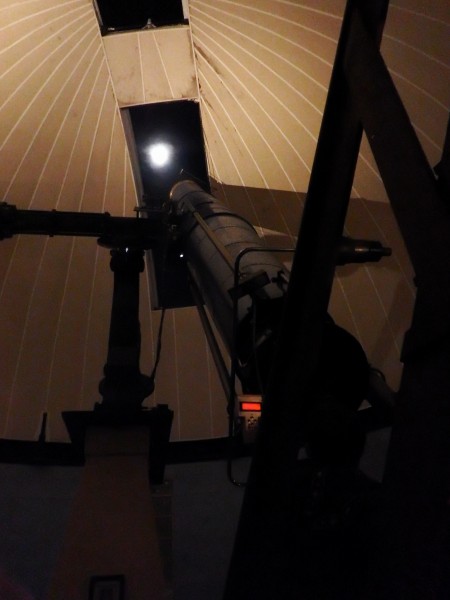
What a great day to end the sailing season on at Fishing Bay Yacht Club – temperatures that were not too cool and enough wind to make it interesting. I just received the new MkII Laser Standard sail and was eager to try it out.
Having sailed a few races – it definitely felt a bit tweakier than the other sail – as in – it didn’t stretch as much, so you can really see where it needed adjusting, cunningham, vang etc. I had a little trouble figuring out when to adjust various things. All in all it probably wasn’t any faster or slower – but I was definitely slower with the distraction. I’m looking forward to spending a little more time figuring it out. Finished 2nd overall in 7 races.
Following sailing I put a cover on the J/70 and helped Mike arrange 2 more boats in his barn.

RESULTS





















